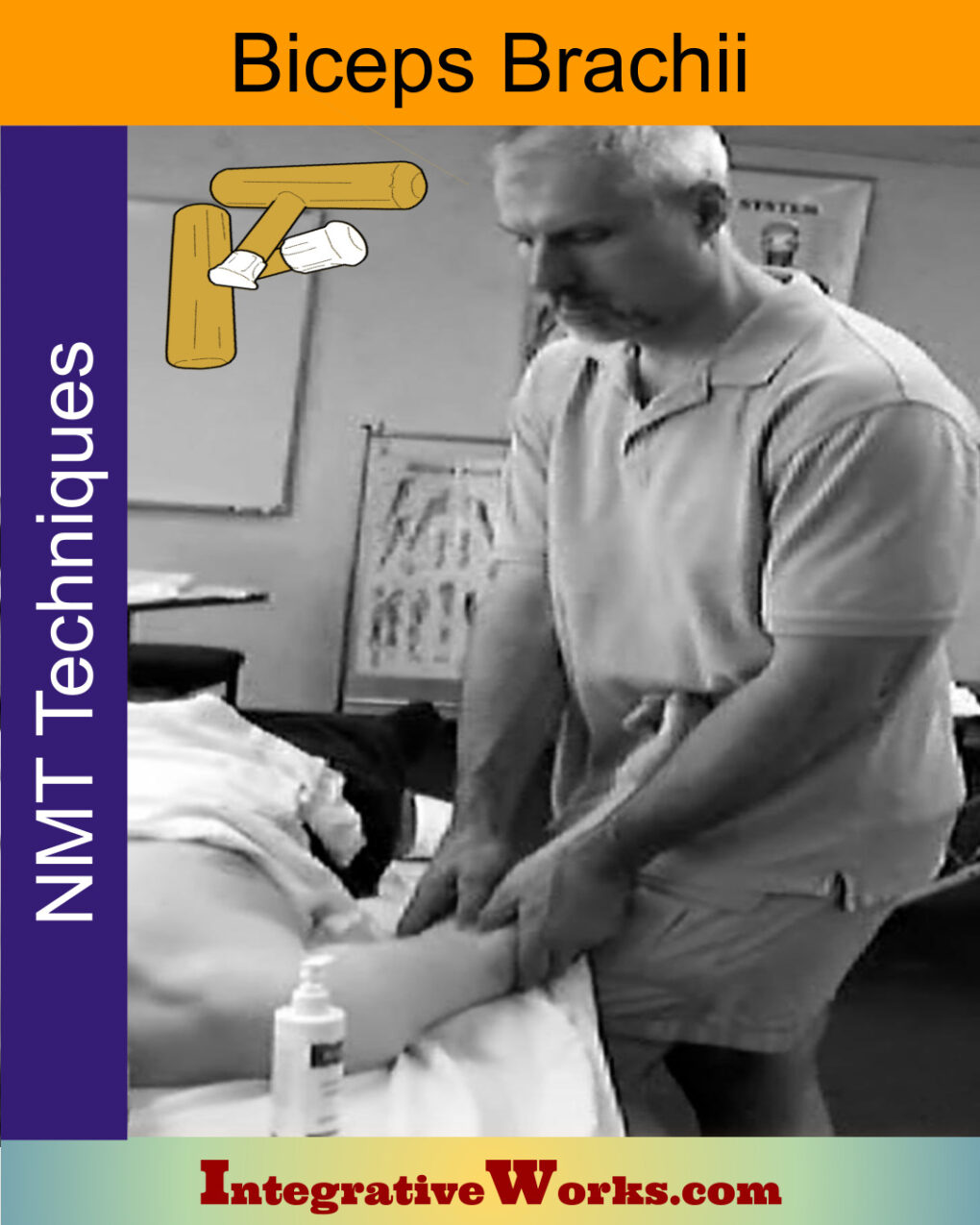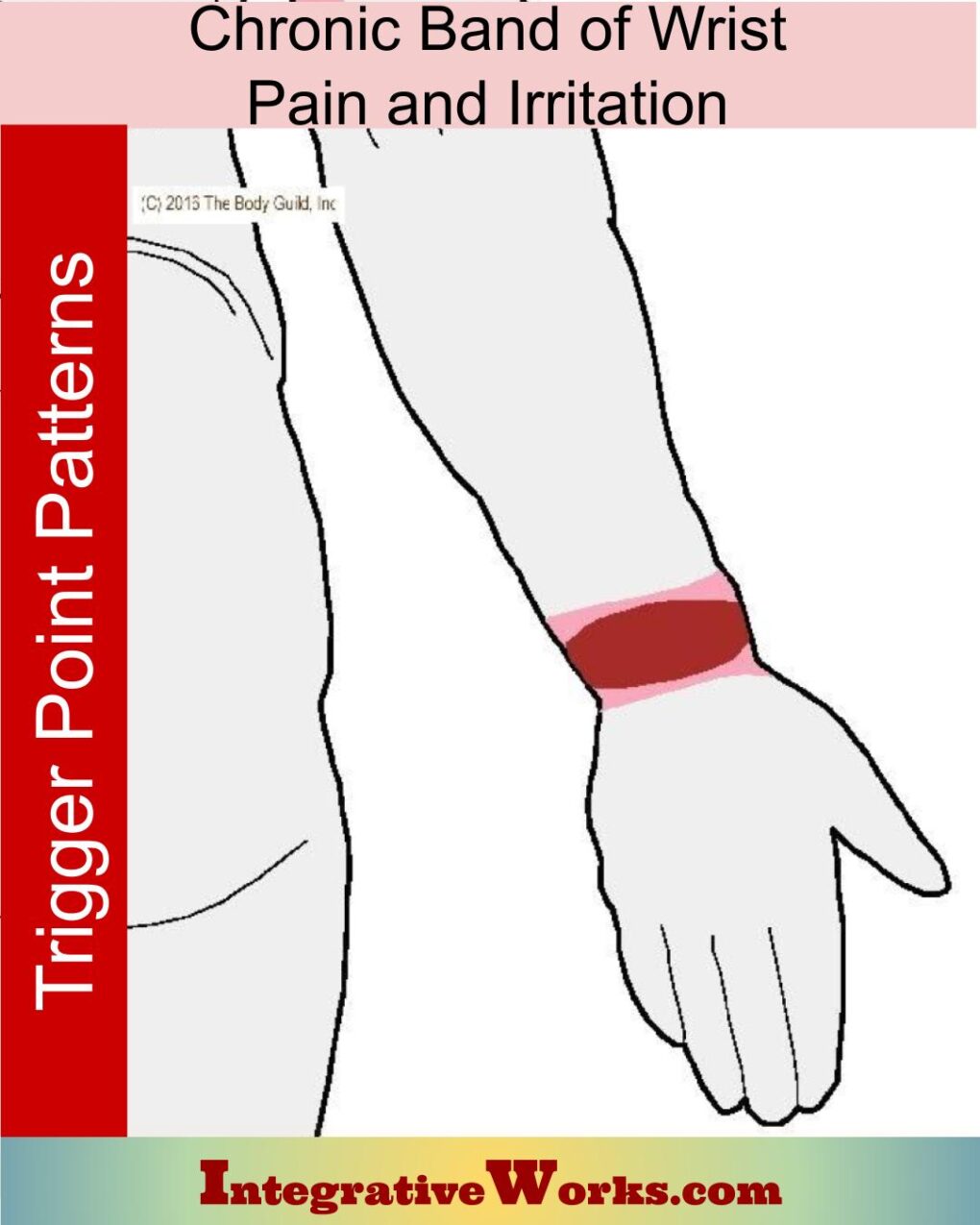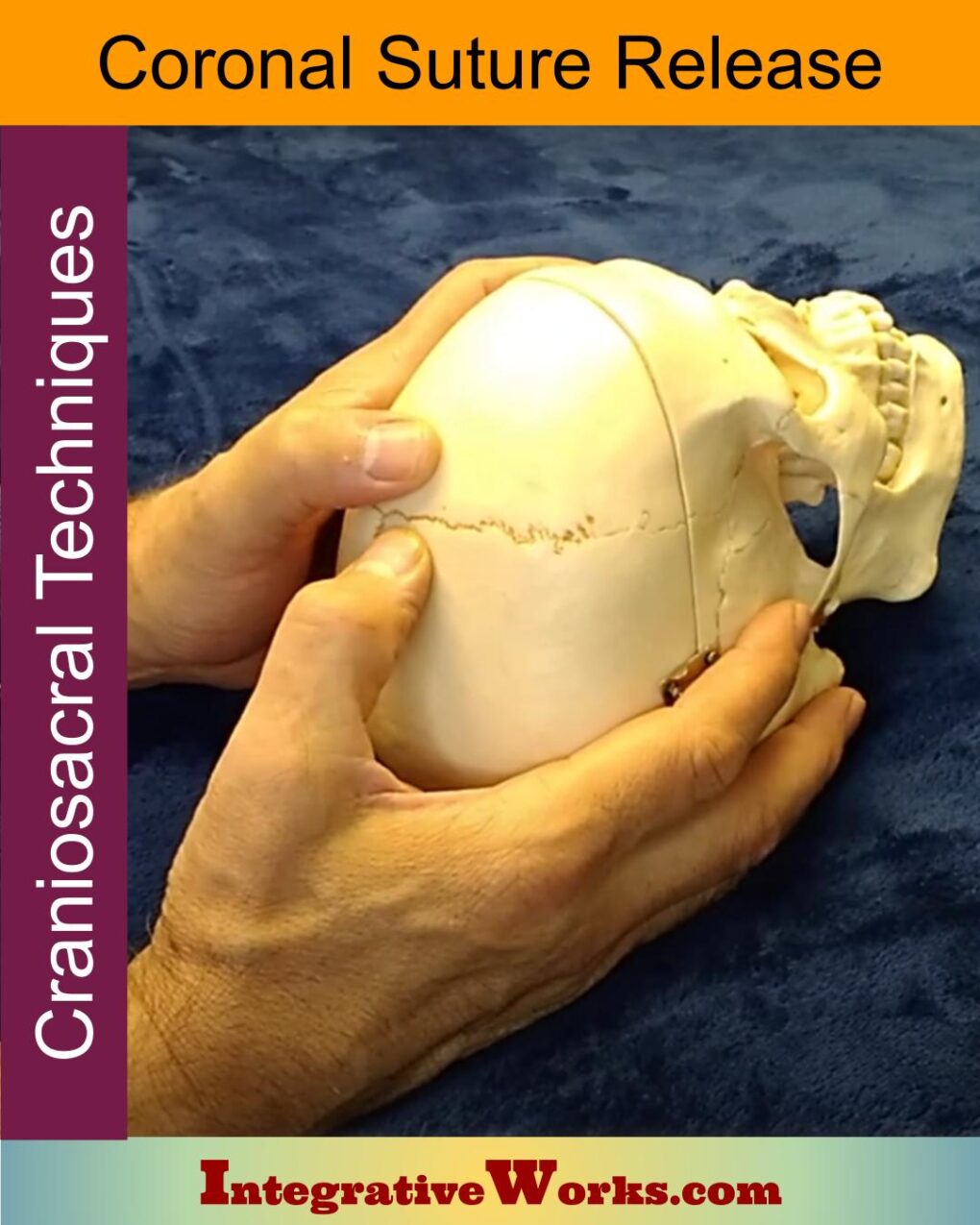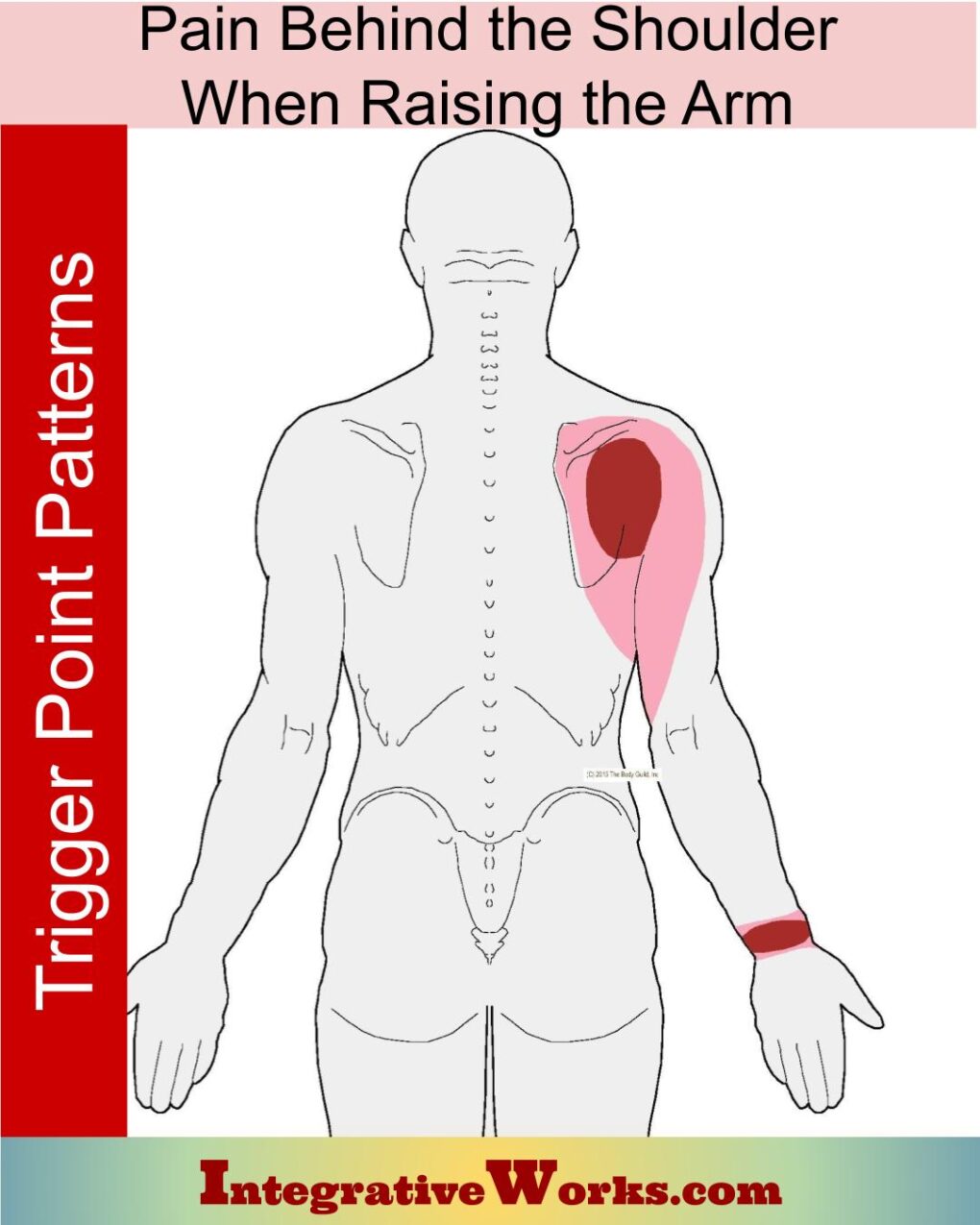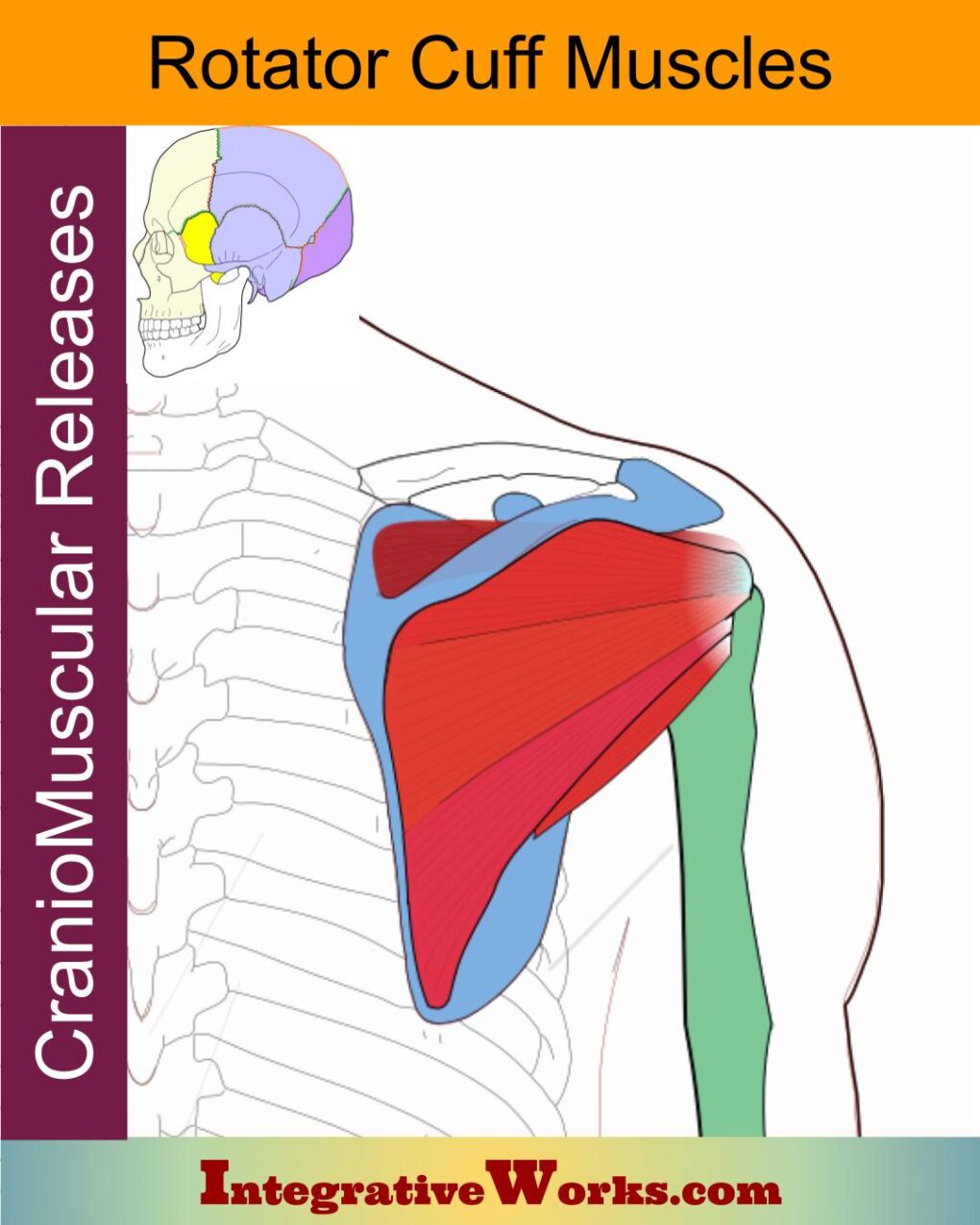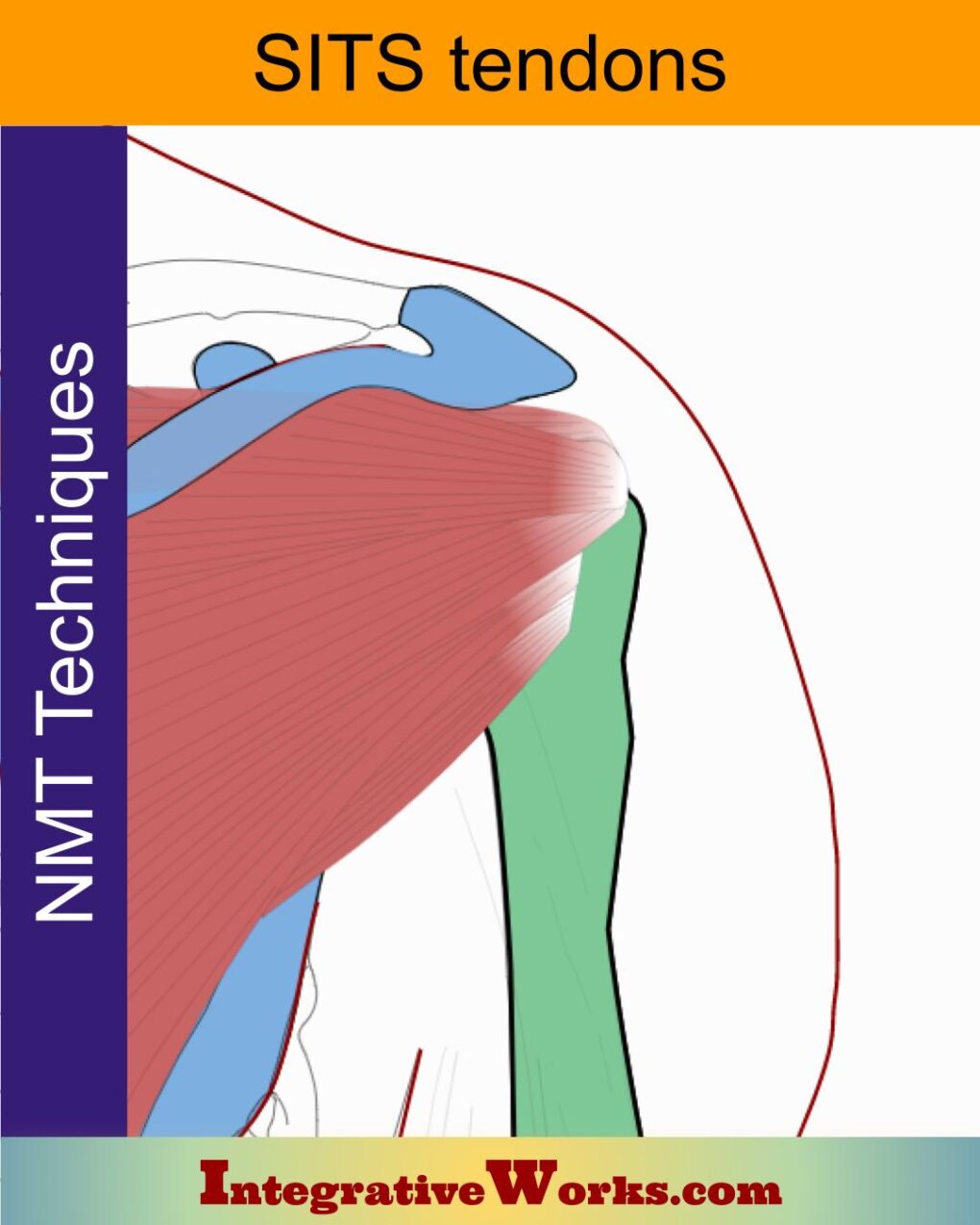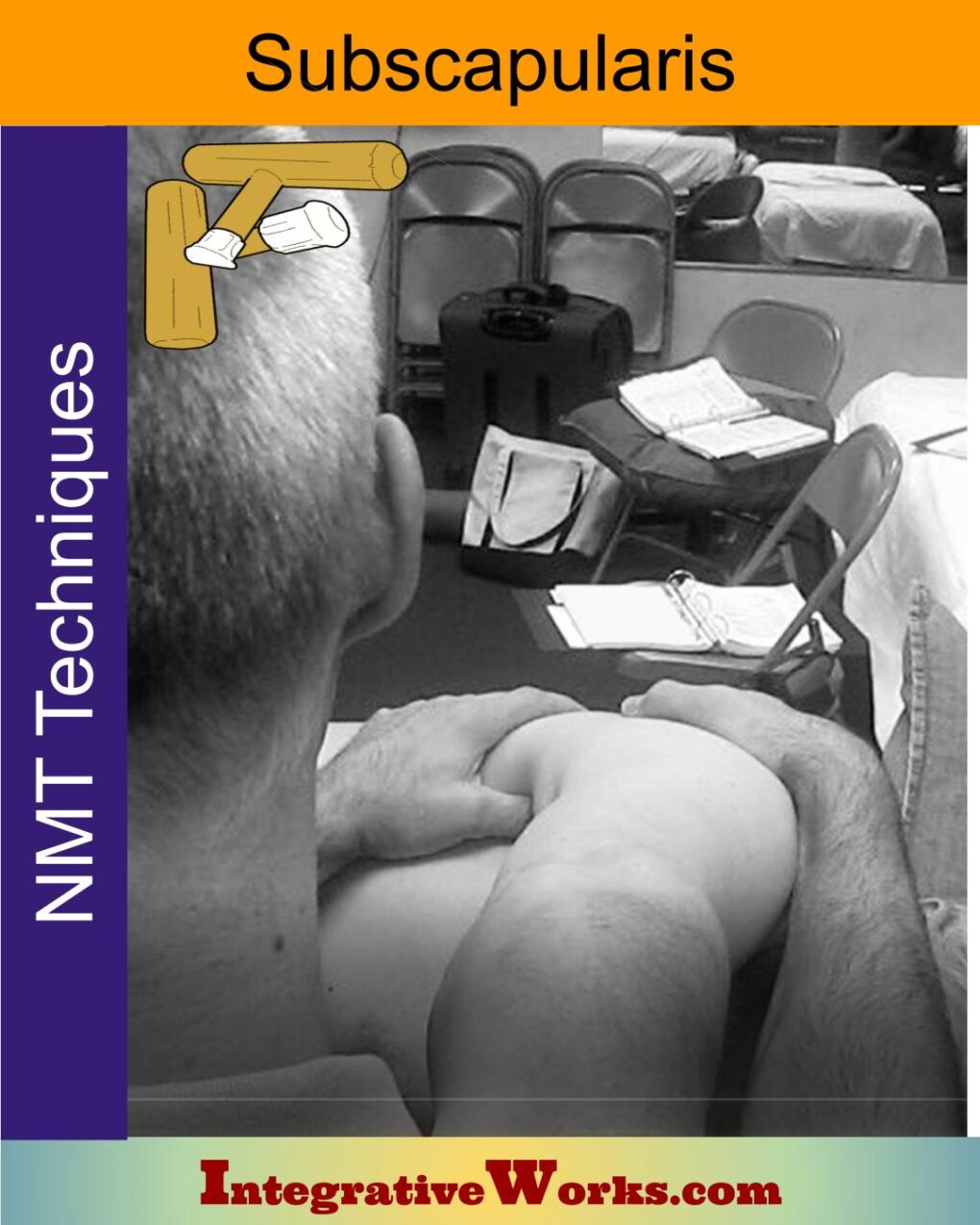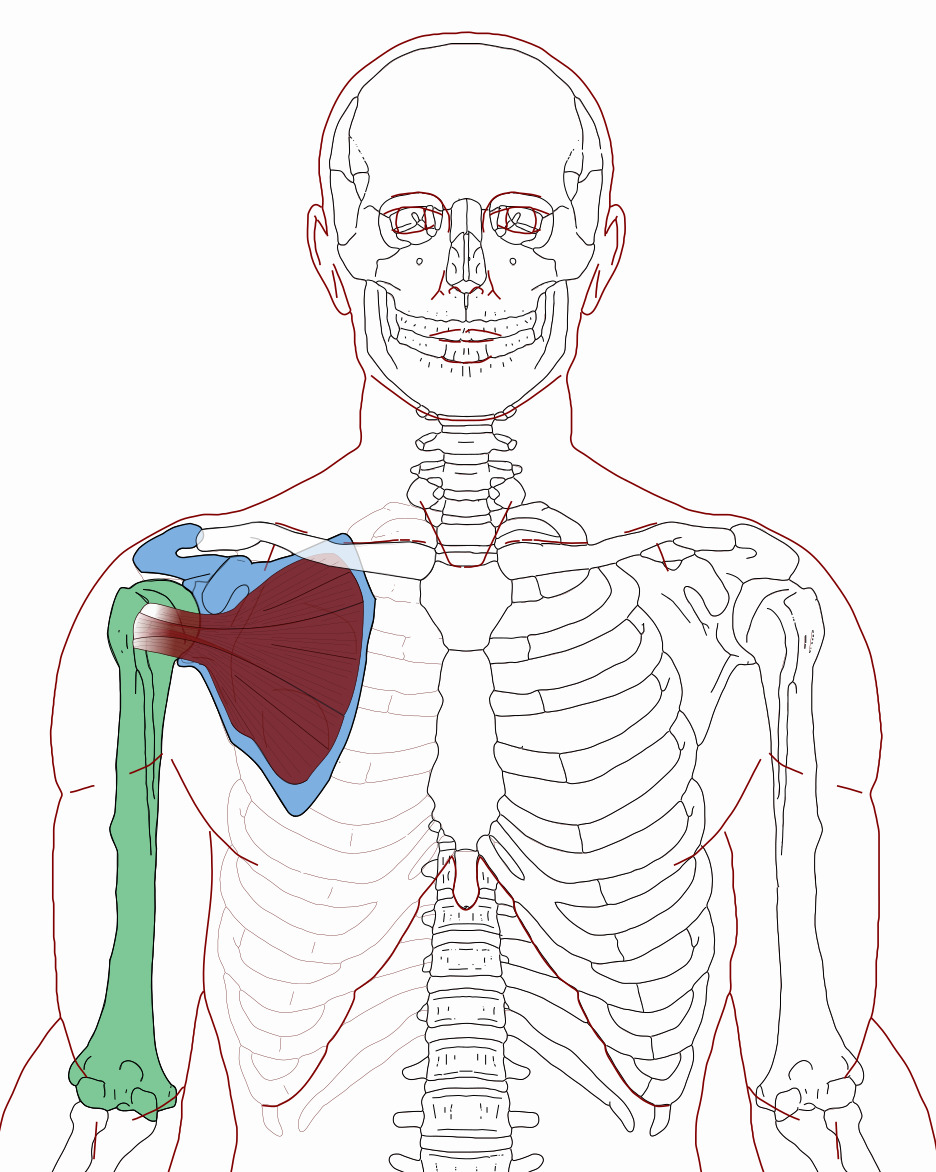
The anatomy of the subscapularis muscle is more complex than at first glance. For example, it has multiple sections and a variable attachment.
The subscapularis is a thick, fan-shaped muscle on the underside of the shoulder blade. By far, it is the largest and strongest rotator cuff muscle. Also, it is the largest shoulder muscle. A bursa separates it from the serratus anterior.
Origin
- subscapular fossa
Insertion
- lesser and greater tubercle of the humerus
Function
- internal rotation of the humerus
- stabilization of the humeral head
Innervation
- upper and lower subscapular nerves, C5-6
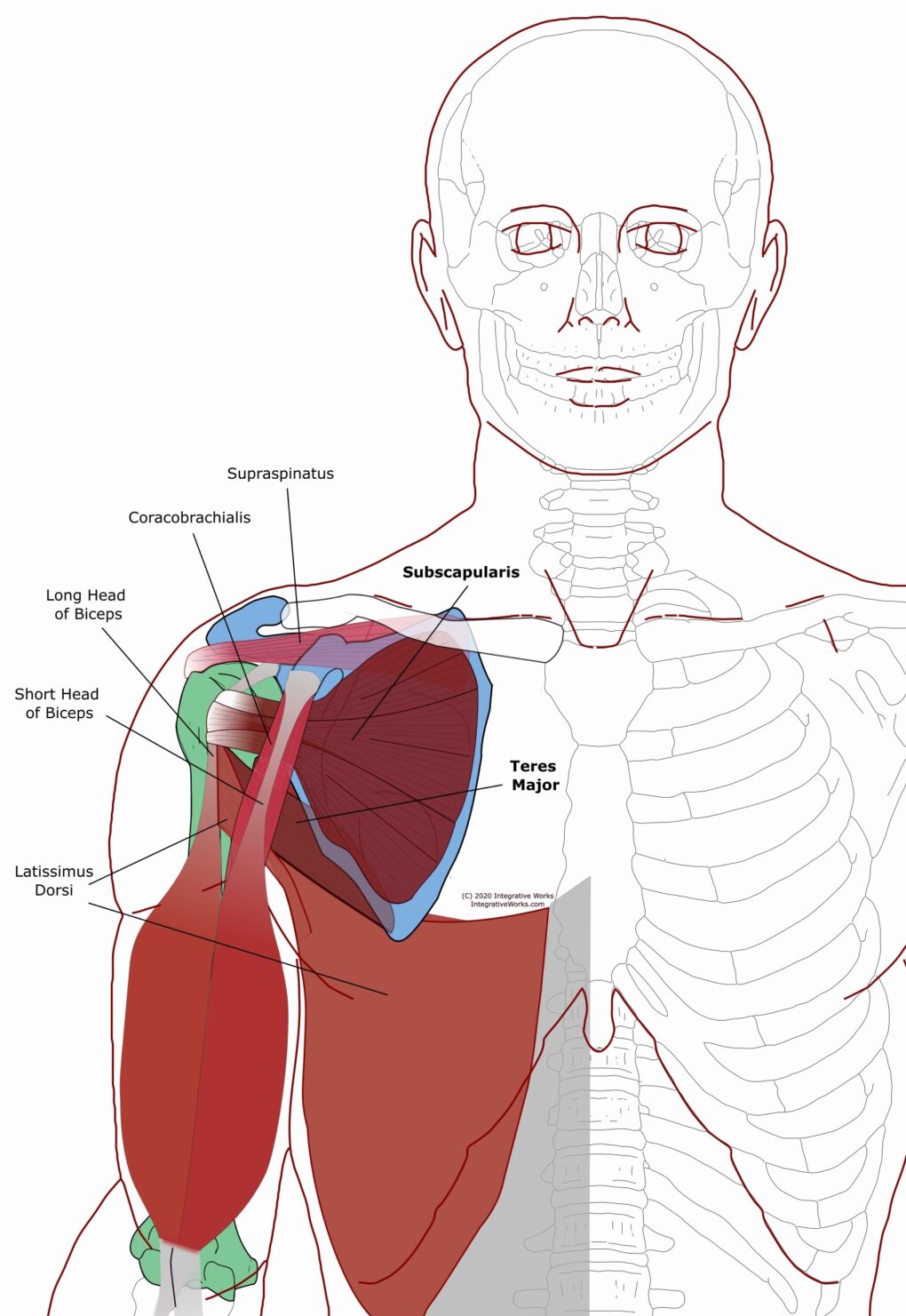
Attachment Details
The triangular-shaped bellies merged into a thick band that crosses the glenohumeral joint. As it crosses, a bursa separates it from the joint. It attaches firmly to the lesser tubercle. Studies vary, but most agree that the tendon continues across the bicipital groove to the greater tubercle. Of course, this assists in securing the bicipital tendon in the groove.
In fact, this study indicates that the intact subscapularis tendon is critical to the stability of the bicipital tendon in the groove. The subscapularis is structurally complex. The subscapularis and coracobrachialis restrict and create pain in the windup of pitching. Subscapularis weaves under the short head of the biceps and over the tendon of the short head.
Functional Considerations
Subscapularis has similar attachments to the teres major. Likewise, the trigger points of the lower bellies of the subscapularis also produce pain that is similar to the teres major. They both create pain when raising and externally rotating the arm. Teres major creates pain in the lower ranges. On the other hand, subscapularis creates pain in the higher ranges, especially when externally rotated.
Studies also show that there are usually tears in other rotator cuff tendons when this tendon is torn.
Subscapularis can be the primary cause of a frozen shoulder.
Anomalies, Etc.
This study of the subscapularis anatomy involved 190 specimens (380 sides). It showed that 10 of the axilla had an accessory muscle that extended from the scapula’s lateral border to the insertion of the subscapularis.
Related Posts
Support Integrative Works to
stay independent
and produce great content.
You can subscribe to our community on Patreon. You will get links to free content and access to exclusive content not seen on this site. In addition, we will be posting anatomy illustrations, treatment notes, and sections from our manuals not found on this site. Thank you so much for being so supportive.
Cranio Cradle Cup
This mug has classic, colorful illustrations of the craniosacral system and vault hold #3. It makes a great gift and conversation piece.
Tony Preston has a practice in Atlanta, Georgia, where he sees clients. He has written materials and instructed classes since the mid-90s. This includes anatomy, trigger points, cranial, and neuromuscular.
Question? Comment? Typo?
integrativeworks@gmail.com
Follow us on Instagram

*This site is undergoing significant changes. We are reformatting and expanding the posts to make them easier to read. The result will also be more accessible and include more patterns with better self-care. Meanwhile, there may be formatting, content presentation, and readability inconsistencies. Until we get older posts updated, please excuse our mess.


